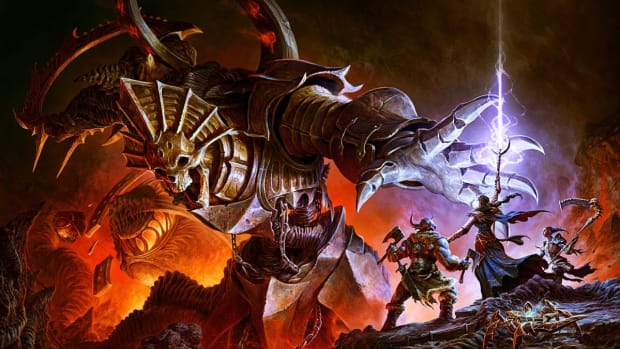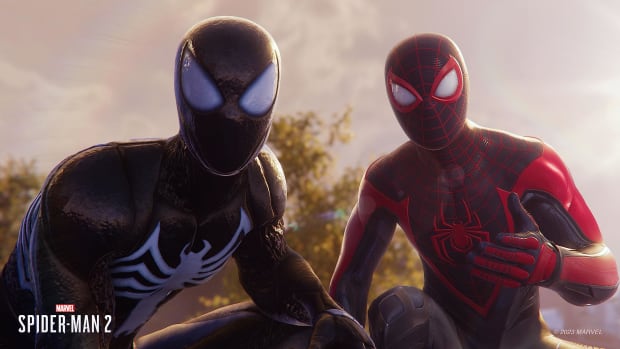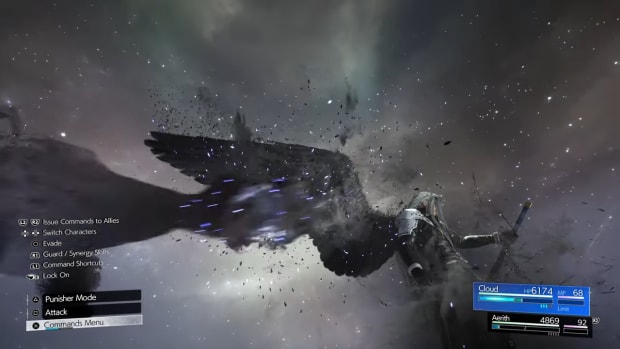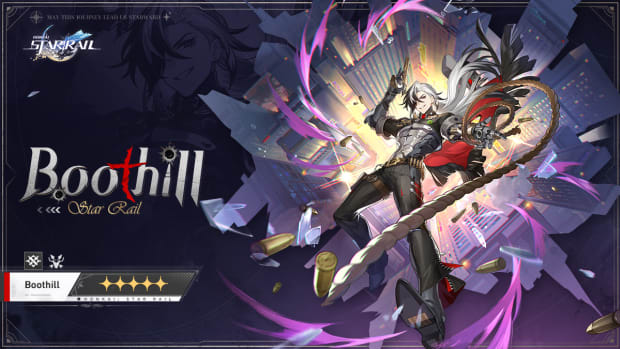5 Easy Ways to Improve Your VALORANT Aim
Being stuck in ELO hell is the most frustrating experience for any player. No one can guarantee the teammates they get or the map they are placed on, but with practice and persistence, you can guarantee one constant factor: aim. These 5 simple and practical tips will help strengthen your aim skills, so you too can carry the 5/18 Reyna on your team to victory.
Utilize Deathmatch and Team Deathmatch
Deathmatch is by far the best and most effective way to practice. After making the necessary setting changes to your crosshair, sensitivity and firing settings, deathmatch helps ensure that the adjustments are embedded into muscle memory and aiming becomes natural. Deathmatch is also essential for practicing angles on in-rotation maps before competitive games.
Team Deathmatch is also a stellar option that can help you become familiar with different guns and become accustomed to working with a team to hunt down enemies. It sounds tedious, but practice is necessary in any sport – and you don’t want to be in an in-game clutch situation where you have to consciously think about aiming. Knowing the theory of the game is helpful, but every execution or site defense relies on the assumption that the team involved can hit the necessary headshot. Practicing in a Deathmatch alone puts you at an advantage against most players who are not motivated to do so.
Perfect your Crosshair Placement and Tracking
In any FPS game, crosshair placement is essential. Good reflexes mean nothing if your crosshair isn’t in the correct position at the right time. A player who takes slightly longer to execute a precise headshot is almost always at an advantage against a player with faster reaction time who misses most of their shots. Every angle is different – players need to understand crosshair positioning for vertical and close angles. In addition, good crosshair placement can counter a variety of swings, such as wide swings vs. close swings. For some targets, such as a mid-satchel Raze or a jumping Neon, tracking is necessary to counter strafes.
To practice, set bots in the range to strafe and practice keeping your crosshair on their head. Aim for 100 eliminations.
Understand the Strengths of your Gun
In VALORANT, all guns are varied in terms of distance, amount of recoil and firing rate. Understanding when and how to use each gun can help maximize your aim in-game. A gun like the Guardian, which has a slow fire rate but high accuracy and range, may require a player to be more precise and minimize their movement before firing. A Spectre, however, has relatively low recoil, a high firing rate, and decent mid-range accuracy. Players using the Spectre should always aim for a headshot, but they can afford to take closer-range duels since it maximizes the strength of their gun. You should also take note of the guns your enemy is using– for example, pushing a player holding a Bucky with a Ghost would be a big mistake.
Master your Movement
Many overlook movement as an essential aspect of aim. A player can aim perfectly, but your crosshair being on the enemy’s head means nothing if movement error negates the shot. Learning to move correctly is essential to supplement your aim to its highest potential.
A great way to warm up your movement muscles is by performing basic strafe exercises. Try moving side-to-side with the A and D keys and lightly tapping the opposite key to quickly stop before shooting. Also, take some time to experiment and understand the amount of movement you can make in a swing before firing error kicks in.
Find your Perfect Sensitivity
Sensitivity is not a one-size-fits-all quality. Every player will have a sensitivity that perfectly fits their movement, mousepad size and DPI. Adjusting to this allows them to perform at their full potential. A low sensitivity may lend itself well to characters with precision-based ultimates and kits like Jett. Whether a player has wrist aim or arm aim should also be considered as it can impact the type of sensitivity needed. A wrist aimer might need a higher sensitivity than someone with arm-based aim.
Your sensitivity should allow you to make a 180-degree turn from one side of your mousepad to the other. Place your mouse on the furthest left portion of your mousepad. Next, move the mouse from the furthest left to the furthest right point you are comfortable with with your arm or wrist movement. The movement in the game should lead to a 180-degree turn. If your agent turned further, lower your sensitivity. If it turned less, you should make your sensitivity higher.
You can also utilize a sensitivity converter if you have a sensitivity you are comfortable with from another game, as basic reflexes are likely to transfer over.






